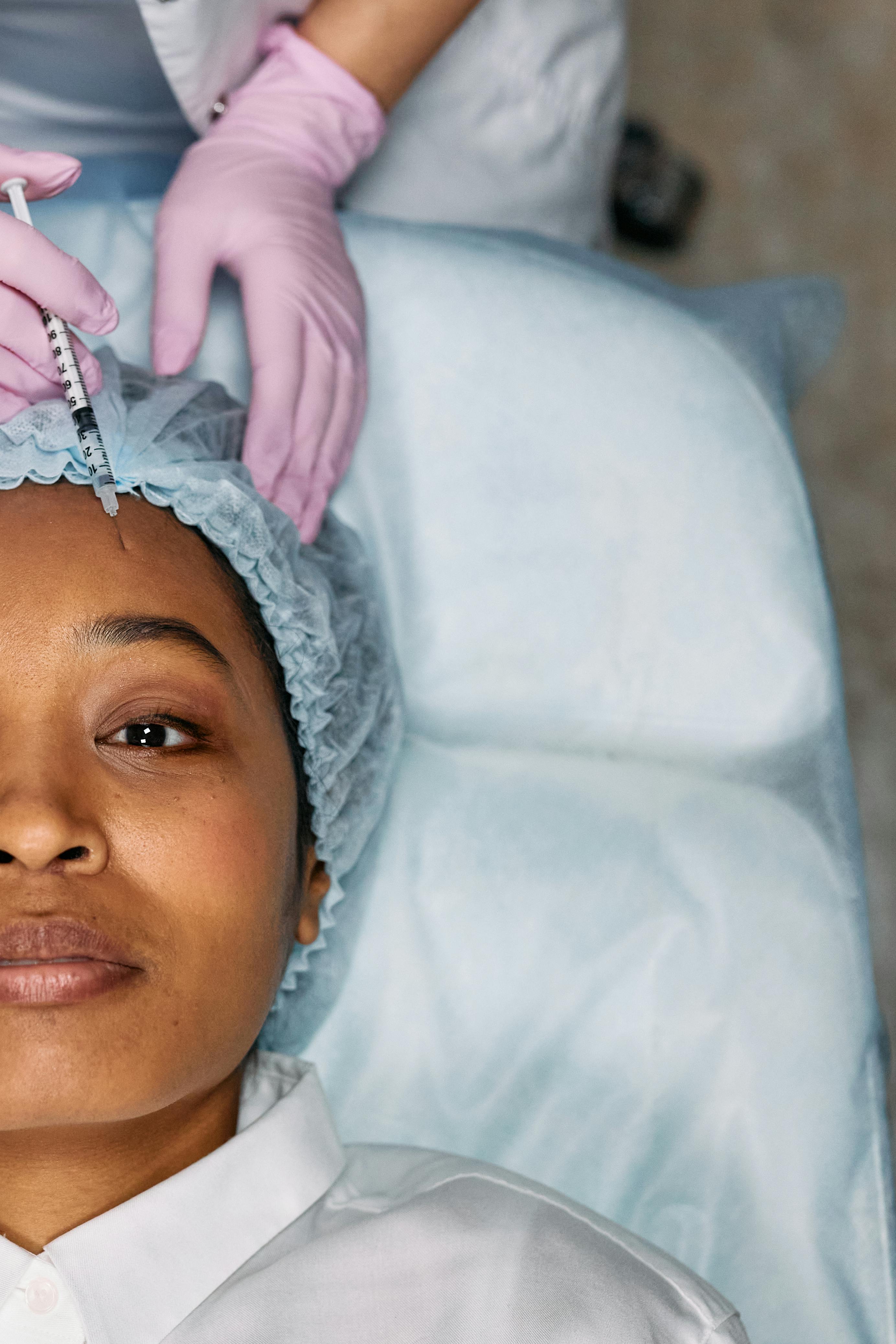Understanding the Art and Science of Botox
Botox is a term that has become synonymous with beauty, youth, and modern cosmetic procedures. This injectable drug, which temporarily paralyzes muscles to reduce the appearance of wrinkles, has become a global phenomenon. It's a symbol of the human desire to preserve and enhance beauty, and a testament to the advances in aesthetic medicine. However, Botox is more than just a beauty treatment; it's a complex blend of science and art.

The Historical Evolution of Botox
Botox, which is short for Botulinum toxin, was first discovered in the 19th century as a result of an outbreak of botulism, a severe form of food poisoning. It was first used medically in the 1970s to treat eye conditions like crossed eyes and uncontrollable blinking. The wrinkle-erasing properties of Botox were discovered accidentally when patients noticed that their wrinkles softened after receiving these treatments.
Today, Botox is mainly known for its cosmetic uses. It’s primarily used to soften and eliminate wrinkles caused by facial expressions. However, it’s also used for several therapeutic applications, including the treatment of migraines, excessive sweating, and certain muscle disorders.
The Science Behind Botox
Botulinum toxin works by blocking the nerve signals to the muscles where it is injected. Without these signals, the muscle cannot contract, causing wrinkles to relax and soften. This effect is temporary, lasting three to six months on average, after which the muscles regain their ability to contract, and wrinkles may reappear.
Botox is a potent neurotoxin, and its use requires precise knowledge of human anatomy. It must be placed accurately in the muscles that cause facial expressions, and the dosage must be carefully calculated. Too little Botox and the treatment may not produce the desired effect; too much, and it can cause unwanted side effects like drooping eyelids or a “frozen” facial appearance.
The Artistry of Botox Injections
Although Botox is a medical treatment, administering it effectively requires a touch of artistry. The goal is not just to eliminate wrinkles, but to do so in a way that looks natural and preserves the individuality of the patient’s face.
Each face is unique, and the muscles that create facial expressions vary from person to person. Therefore, the practitioner must assess each patient individually, considering their facial anatomy, the balance of their features, and their personal beauty goals.
The best practitioners strike a balance between reducing wrinkles and maintaining the ability to make natural facial expressions. This requires a deep understanding of the facial muscles and their interplay, as well as a keen sense of aesthetics.
The Impact and Reception of Botox
The reception of Botox has been largely positive, particularly in recent years as social attitudes towards cosmetic treatments have become more accepting. Its ability to deliver noticeable results without surgery has made it a popular choice for those seeking to reduce the signs of aging.
However, Botox has also faced some criticism. Some argue that it promotes unrealistic beauty standards, while others express concern about the long-term effects of regularly injecting a toxin into the body. Despite these concerns, the popularity of Botox continues to rise, driven by its effectiveness and the increasing demand for non-surgical cosmetic treatments.
Emerging Trends in the Use of Botox
In recent years, there has been a trend towards more subtle and natural-looking results with Botox. This shift is often referred to as “Baby Botox,” a term coined to describe the use of lower doses of the toxin to achieve a look that is less “frozen” and more natural.
Moreover, the use of Botox is expanding beyond the realm of aesthetics. Its therapeutic applications continue to grow, with ongoing research exploring its potential in treating conditions ranging from depression to heart disease. This versatility, combined with its proven safety record when administered correctly, suggests that Botox will remain a significant player in the fields of aesthetic and therapeutic medicine for the foreseeable future.
In conclusion, Botox is more than a cosmetic procedure. It’s a fascinating blend of science and art, a treatment that requires both medical knowledge and aesthetic sensibility. Whether it’s used to smooth out wrinkles or treat a medical condition, Botox is a testament to the strides we’ve made in understanding the human body and our ongoing quest for beauty and health.





